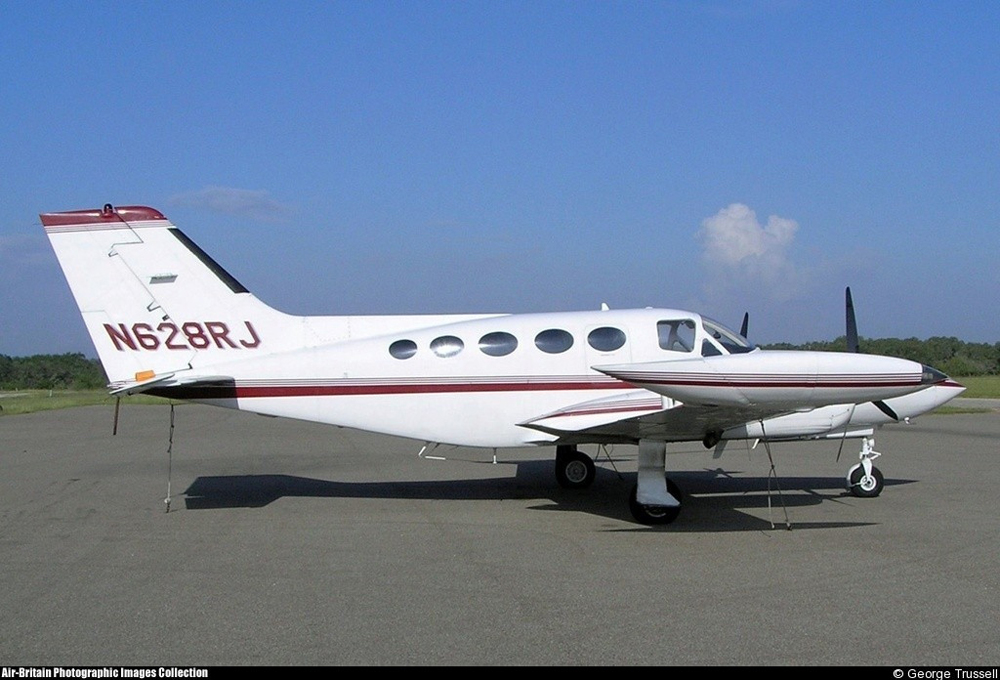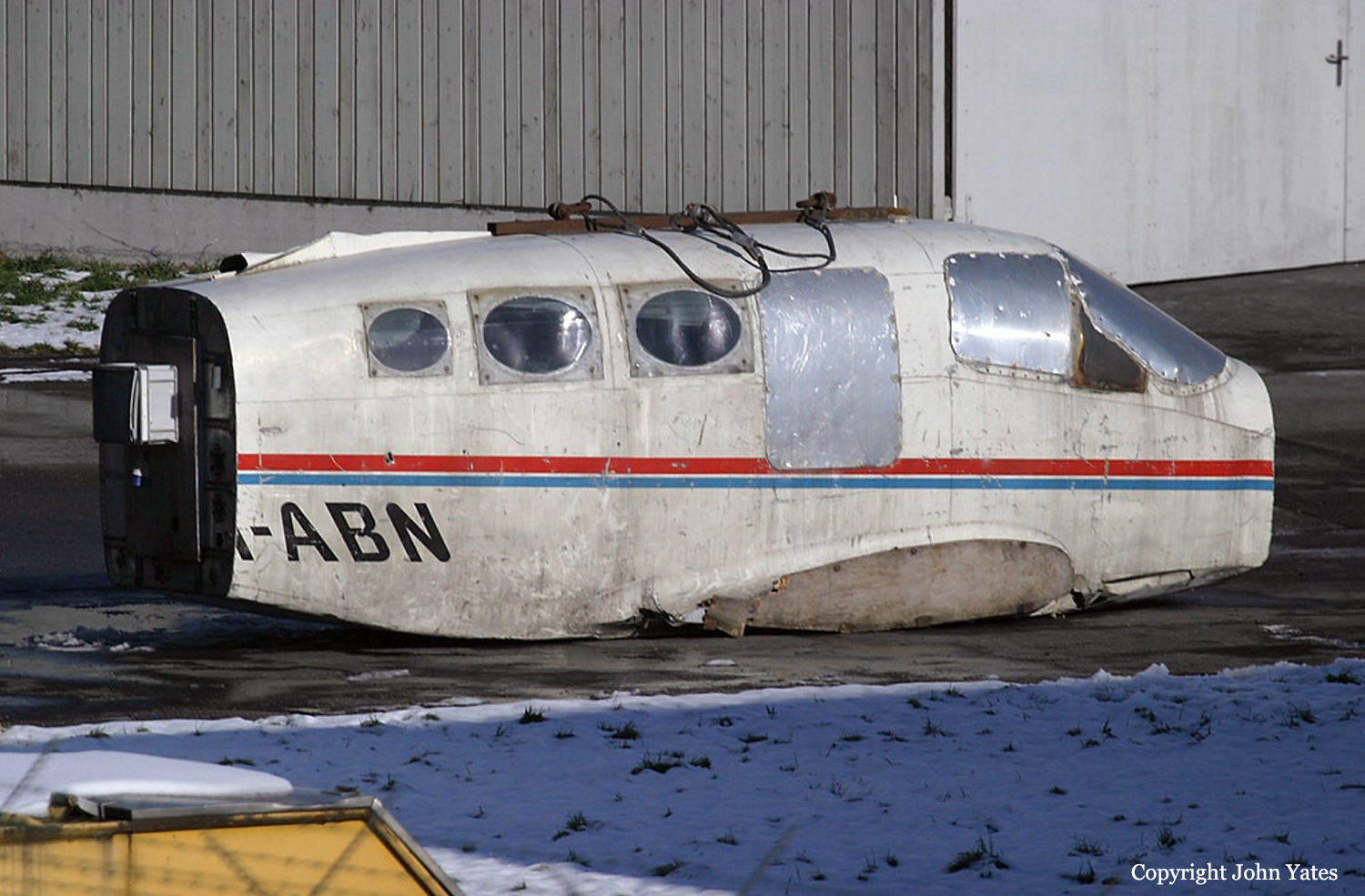Crash of a Cessna 421B Golden Eagle II in Genoa: 5 killed
Date & Time:
Sep 30, 1993 at 1903 LT
Registration:
I-STMO
Survivors:
No
Schedule:
Olbia - Torino
MSN:
421B-0410
YOM:
1973
Crew on board:
1
Crew fatalities:
Pax on board:
4
Pax fatalities:
Other fatalities:
Total fatalities:
5
Circumstances:
En route from Olbia to Torino-Caselle Airport, the pilot was informed about the deterioration of the weather conditions and decided to divert to Genoa-Sestri-Cristoforo Colombo Airport. On approach, he was unable to establish on the localizer despite several attempts and finally initiated a go-around procedure. While circling in limited visibility, the aircraft struck the slope of a mountain. All five occupants were killed.
Probable cause:
It was reported that the pilot was not certified to fly in IMC conditions and his experience was limited.


